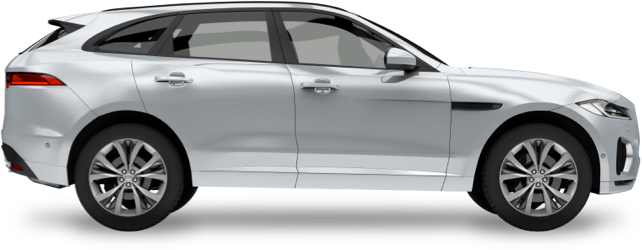- Online car hire since 2005
Car hire Prague
Save time and money. We compare the offers of car rental companies in Prague on your behalf.
- Free cancellation Up to 48 hours prior to the scheduled pick up time
- Best price guarantee Have you found a better price? Let us know and we will make you a better offer.
- 24000+ pick-up locations Locations around the world
Car hire Prague
EasyTerra Car Hire Prague is an independent car hire comparison site. Our system compares prices from well-known car hire companies so as a customer you can always book your hire car through us at a competitive rate.
Car rental offers in Prague
Whether you're looking for a small rental car or a station wagon for the entire family, we will always have a suitable vehicle for the lowest price. Below are some examples from our selection in Prague.
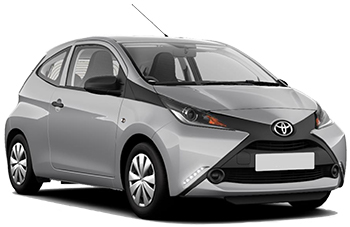
-
ACE Rent A Car From£ 11 /day -
wheego From£ 13 /day
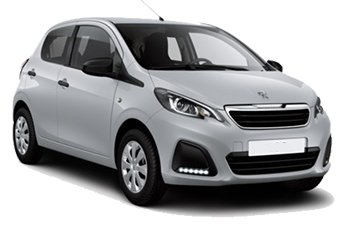
-
Budget From£ 14 /day
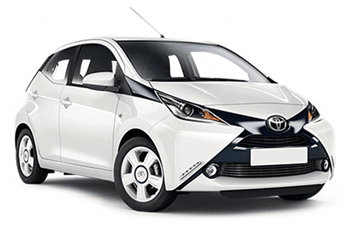
-
wheego From£ 18 /day
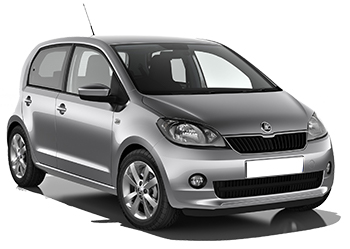
-
Budget From£ 14 /day -
Alamo From£ 19 /day -
Enterprise From£ 22 /day
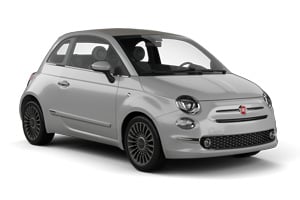
-
Carwiz rent a car From£ 18 /day

-
Carwiz rent a car From£ 22 /day
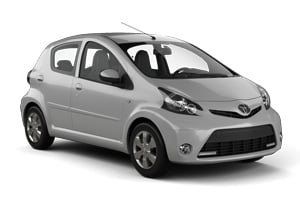
-
wheego From£ 22 /day
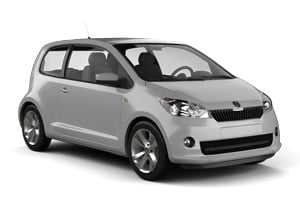
-
Budget From£ 24 /day -
Alamo From£ 26 /day -
Enterprise From£ 26 /day

-
wheego From£ 27 /day
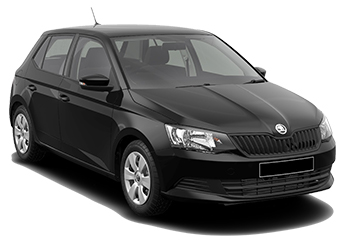
-
Carwiz rent a car From£ 8 /day -
Rent Plus From£ 9 /day -
Right Cars From£ 11 /day
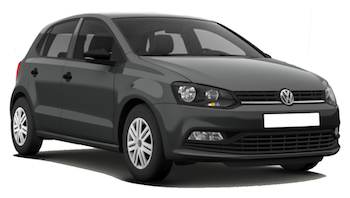
-
Rent Plus From£ 9 /day
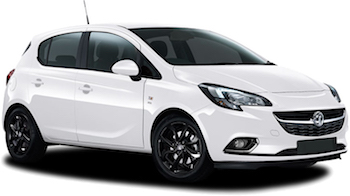
-
Rent Plus From£ 9 /day -
Europcar From£ 29 /day -
Alamo From£ 30 /day

-
Rent Plus From£ 9 /day -
Carwiz rent a car From£ 14 /day -
Hertz From£ 15 /day

-
Rent Plus From£ 9 /day -
Budget From£ 14 /day

-
ACE Rent A Car From£ 11 /day -
Rent Plus From£ 12 /day -
Budget From£ 18 /day
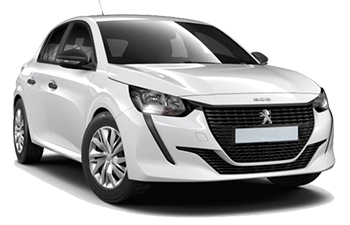
-
Sixt From£ 12 /day -
Hertz From£ 26 /day -
Thrifty From£ 31 /day

-
Sixt From£ 12 /day -
Hertz From£ 21 /day -
Thrifty From£ 23 /day

-
Rent Plus From£ 17 /day -
Europcar From£ 34 /day -
Alamo From£ 37 /day
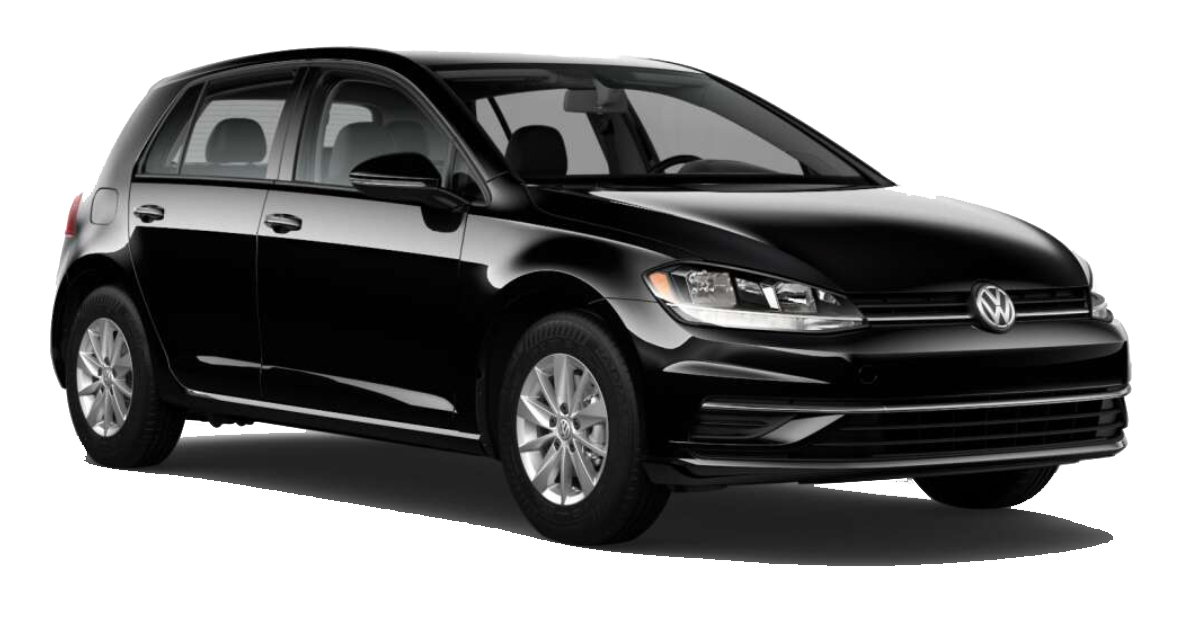
-
Rent Plus From£ 11 /day -
Budget From£ 14 /day -
Sixt From£ 20 /day

-
Rent Plus From£ 11 /day -
Avis From£ 23 /day -
Hertz From£ 32 /day

-
Rent Plus From£ 13 /day -
Sixt From£ 19 /day

-
Rent Plus From£ 11 /day -
Carwiz rent a car From£ 12 /day -
Budget From£ 14 /day
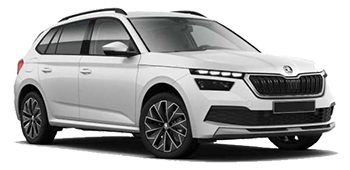
-
Carwiz rent a car From£ 11 /day -
wheego From£ 19 /day -
Hertz From£ 21 /day
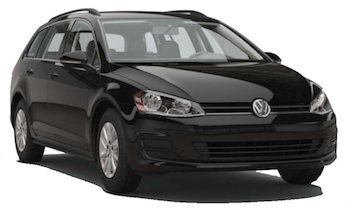
-
Rent Plus From£ 13 /day -
Sixt From£ 19 /day -
Autounion Car Rental From£ 25 /day
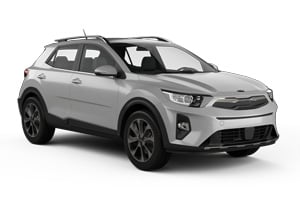
-
Rent Plus From£ 12 /day
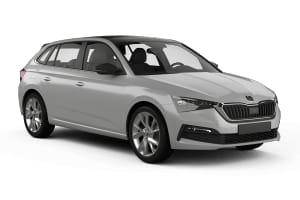
-
Carwiz rent a car From£ 12 /day -
Hertz From£ 15 /day -
Sixt From£ 19 /day

-
Hertz From£ 15 /day -
Sixt From£ 19 /day -
Carwiz rent a car From£ 22 /day

-
Carwiz rent a car From£ 12 /day -
wheego From£ 24 /day
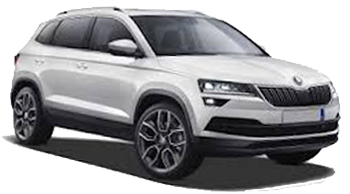
-
Carwiz rent a car From£ 12 /day -
wheego From£ 21 /day -
Green Motion From£ 22 /day
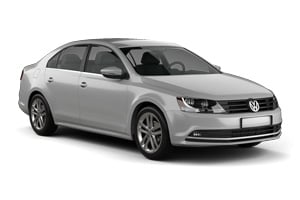
-
Rent Plus From£ 13 /day

-
Rent Plus From£ 13 /day
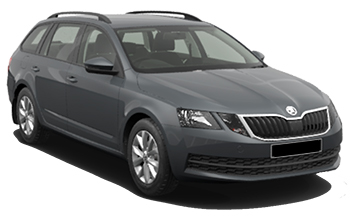
-
Rent Plus From£ 13 /day -
Right Cars From£ 16 /day -
Green Motion From£ 17 /day
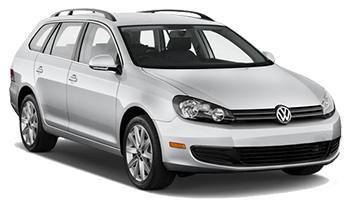
-
Rent Plus From£ 15 /day

-
Rent Plus From£ 14 /day

-
Carwiz rent a car From£ 17 /day

-
Carwiz rent a car From£ 18 /day -
wheego From£ 25 /day -
Green Motion From£ 29 /day
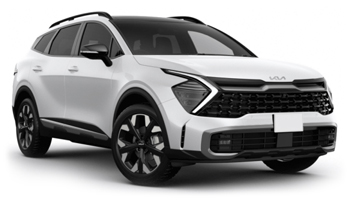
-
Rent Plus From£ 16 /day

-
Rent Plus From£ 16 /day
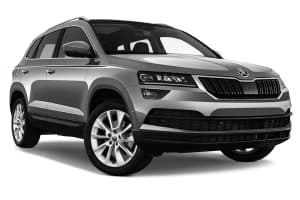
-
Rent Plus From£ 16 /day
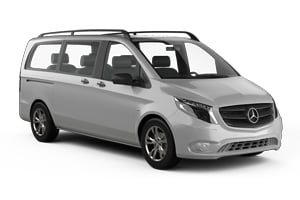
-
Rent Plus From£ 17 /day
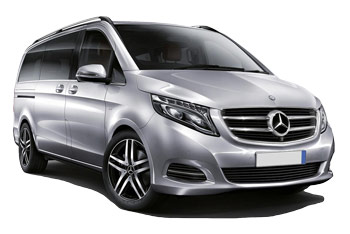
-
Rent Plus From£ 18 /day -
Budget From£ 73 /day
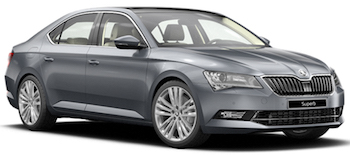
-
Carwiz rent a car From£ 23 /day -
Right Cars From£ 40 /day -
Hertz From£ 46 /day

-
Rent Plus From£ 23 /day
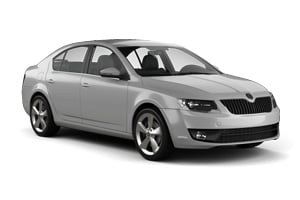
-
Autounion Car Rental From£ 29 /day -
wheego From£ 32 /day

-
Sixt From£ 32 /day
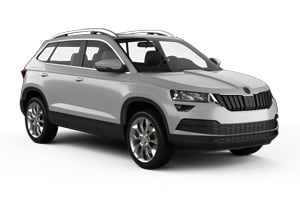
-
Carwiz rent a car From£ 28 /day -
wheego From£ 34 /day -
Right Cars From£ 42 /day
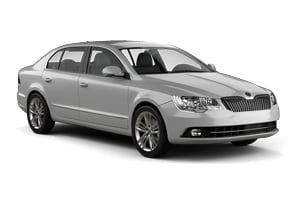
-
Carwiz rent a car From£ 30 /day -
wheego From£ 35 /day -
Rent Plus From£ 46 /day
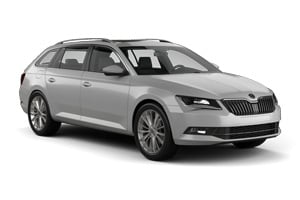
-
wheego From£ 30 /day -
Carwiz rent a car From£ 31 /day -
Rent Plus From£ 31 /day

-
Carwiz rent a car From£ 31 /day -
wheego From£ 36 /day -
Autounion Car Rental From£ 59 /day
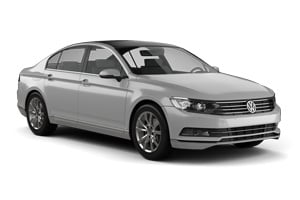
-
Rent Plus From£ 32 /day
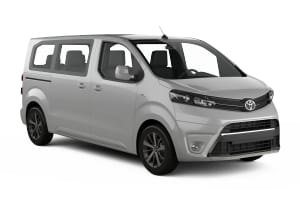
-
Rent Plus From£ 41 /day

-
Rent Plus From£ 46 /day

-
Alamo From£ 49 /day -
Enterprise From£ 57 /day

-
Alamo From£ 53 /day -
Enterprise From£ 60 /day
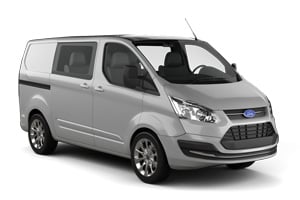
-
Carwiz rent a car From£ 35 /day

-
Carwiz rent a car From£ 38 /day
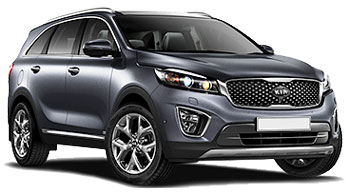
-
Rent Plus From£ 40 /day

-
Carwiz rent a car From£ 43 /day

-
Carwiz rent a car From£ 48 /day
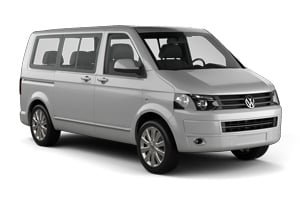
-
Carwiz rent a car From£ 48 /day

-
Carwiz rent a car From£ 49 /day

-
Hertz From£ 49 /day

-
Hertz From£ 54 /day

-
Rent Plus From£ 9 /day -
Green Motion From£ 18 /day -
wheego From£ 18 /day

-
Rent Plus From£ 9 /day -
Green Motion From£ 21 /day -
wheego From£ 22 /day
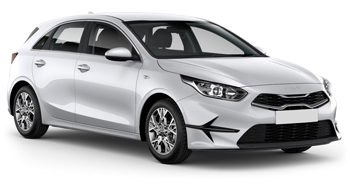
-
Rent Plus From£ 11 /day -
Avis From£ 25 /day -
Hertz From£ 32 /day

-
Rent Plus From£ 11 /day -
Autounion Car Rental From£ 24 /day -
Thrifty From£ 30 /day

-
Rent Plus From£ 13 /day -
Autounion Car Rental From£ 30 /day -
Budget From£ 37 /day

-
Rent Plus From£ 14 /day

-
Rent Plus From£ 15 /day

-
Budget From£ 14 /day

-
Budget From£ 14 /day

-
Rent Plus From£ 18 /day -
Budget From£ 73 /day

-
Rent Plus From£ 17 /day

-
Carwiz rent a car From£ 35 /day

-
Carwiz rent a car From£ 38 /day
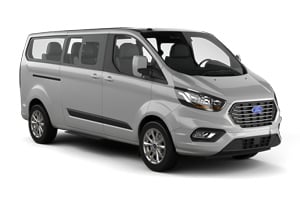
-
Carwiz rent a car From£ 46 /day -
Green Motion From£ 102 /day

-
Carwiz rent a car From£ 48 /day

-
Carwiz rent a car From£ 49 /day

-
Alamo From£ 49 /day -
Enterprise From£ 57 /day

-
Carwiz rent a car From£ 51 /day -
Green Motion From£ 108 /day

-
Carwiz rent a car From£ 18 /day

-
Carwiz rent a car From£ 22 /day
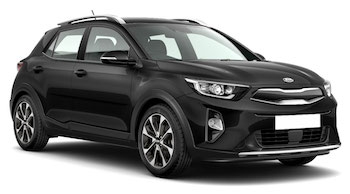
-
Rent Plus From£ 12 /day

-
Carwiz rent a car From£ 12 /day -
wheego From£ 24 /day -
Alamo From£ 24 /day

-
Rent Plus From£ 16 /day -
Avis From£ 43 /day -
Europcar From£ 48 /day

-
Carwiz rent a car From£ 12 /day -
Rent Plus From£ 16 /day -
wheego From£ 21 /day
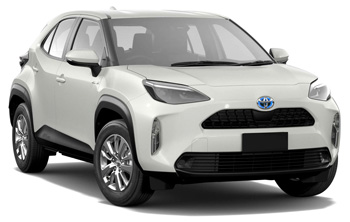
-
Rent Plus From£ 14 /day -
Europcar From£ 36 /day

-
Carwiz rent a car From£ 17 /day -
Alamo From£ 32 /day -
Enterprise From£ 33 /day
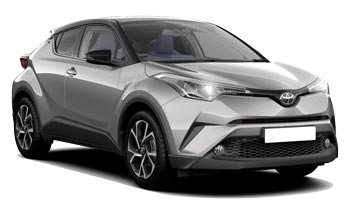
-
Rent Plus From£ 14 /day

-
Rent Plus From£ 16 /day -
Avis From£ 37 /day -
Europcar From£ 42 /day

-
Carwiz rent a car From£ 18 /day -
Rent Plus From£ 23 /day -
wheego From£ 25 /day
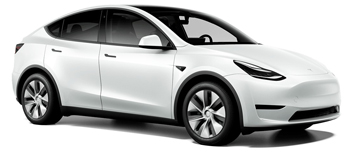
-
Autounion Car Rental From£ 128 /day

-
Autounion Car Rental From£ 135 /day
Car rental companies in Prague
Below are the car rental companies in Prague with the best ratings. Compare all ratings and prices of these rental companies in one search.
-
Budget
From£ 14 / day -
Enterprise
From£ 22 / day -
Alamo
From£ 19 / day -
Sixt
From£ 12 / day -
Hertz
From£ 15 / day -
Avis
From£ 21 / day
Useful tips for a well-prepared trip
Which insurance should I choose, and what's the deal with the deposit? Read our articles with useful information and tips to ensure you choose the right rental car for you.
When is the best time to book a rental car in Prague?
Car rental companies in and around Prague
Looking for a hire car in Czech Republic? Take a look at our Car rental Czech Republic directory.
Location information for Prague
Introduction
After the demise of communism, the beautiful capital of the Czech Republic has once again become a vibrant city that attracts many tourists. The medieval centre is strewn with sphere-shaped towers and spires. Along the Karel bridge there is an impressive array of statues of saints, and on the other side there is the cosy baroque area of Malá Strana and on the hill behind it there is a castle.
Population
After the fall of communism the population of Prague decreased. The introduction of the free market economy led to a rise in the costs of living and a fall in the nation's birth rate. The housing market in Prague is also very tight. The city now has about 1.3 million inhabitants.
Location
Prague is located on the river Moldau, which in Czechoslovakian is called Vltava. The two parts of the city on both banks are connected by many bridges. Many people think Prague is in Eastern Europe, but in fact it is located in Central Europe, at a little over 700 kilometres from Amsterdam, 250 kilometres from Vienna and 280 kilometres from Berlin.
Economy
In communist times Prague was a centre of (heavy) industry. Industry still plays an important role in the local economy: cars, machines and metalwork, as well as chemical companies and food industry. Since the introduction of the free market economy, the city has developed rapidly as a commercial and financial centre in Eastern Europe. During communism there was hardly a service sector, but now it is responsible for a large part of the economy.
In addition, the city is a centre of government, there are many educational institutions and Prague attracts millions of tourists each year, providing a boost to the entertainment sector.
Airports
The international Ruzyne Airport is located 20 kilometres to the north-west of the city centre. Since the fall of communism, the number of flights has increased dramatically, among other things due to the arrival of budget airline companies.
There is a shuttle service with minivans from the company Cedaz between the airport and námestí Republiky. The minivans make a stop at Dejvická metro station. City bus 119 also goes to that station. By car, all you need to do to get to the city centre is to follow the Evropská Boulevard.
Public transport
The city has an extensive public transport network, consisting of metros, trams and buses, and a cable train to the top of the Petrin hill. Within the time indicated, you can use a single ticket on all forms of public transport. You can also buy 3, 7 or 15 day tickets. Public transport tickets can be purchased at metro stations, tobacconists and newspaper stands (trafika). The tickets need to be stamped as soon as you board. At night, there are a few night trams and buses every half an hour.
In addition, there are many taxis, although a warning is in order here. Never catch a waiting cab in Prague, but ask a hotel or restaurant to order you one. Agree on a price with the cab driver and ask him for a receipt. That way you can be sure he uses his meter.
Pickpockets are especially active in the metro. They also operate on the Wenceslas square, the Old City square, the Karel bridge and in the shopping centres.
Traffic and parking
The best way to explore the old centre of Prague is on foot. Traffic can be very busy and many streets are one-way only. Rental cars are very suitable for trips in the area around Prague. In recent years the roads have been improved enormously, but do not (yet) expect motorways like in Western Europe.
In the city centre there are various parking zones (orange, green and blue). The blue zones are reserved for residents, so do not park there. In the orange and green zones you can park for 2 and 6 hours respectively, after putting money in the coin machines. If you park too long on in the wrong spot, chances are your car will be clamped and you will need to pay a hefty fine before having the clamp removed.
Car break-ins are pretty common in Prague. So it is better to park your car in a guarded car park, like the one near the main station Wilsonova, the Masaryk train station or on the Malostranské námestí. There are also parking areas near the metro stations along the major entry roads, but they are unguarded, on the námestí Jana Palacha near the Old City square there is an underground car park.
Hotels
Prague is the economic, cultural and tourist centre of the Czech Republic. In recent years the number of accommodations has grown enormously, and the service level is much better than it was right after the fall of communism. Some historical buildings in the centre have been beautifully restored by luxurious international hotel chains. This means there is a wide range of hotels on offer, although that does not mean Prague is cheap, especially not during peak season between May and October. To pay the best price for a room it is imperative that you book in advance, preferably at least 3 months in advance.
External Sources
For more information about Prague, we recommend Google, and the following sources:
- Wikipedia, Prague
- City of Prague (Czechoslovakian and English)
- Prague Information centre (several languages)
Important up-to-date information for renting a car in Prague
| 🚙 Number of rental agencies | 27 |
| ⭐ Most popular car rental agency | Budget |
| 💰 Cheapest car rental company | Carwiz rent a car |
| 🏆 Best rated car rental agency | Budget |
Practical information
-
CurrencyCzech koruna
-
Driving directionRight
-
City speed limit50 km/h
-
Freeway speed limit90 km/h
-
LanguageCzech, Slovak
-
Popular car categoryEconomy
What most people want to know
The following questions and answers are a selection of the most popular questions. If you do not find the answer to your question, have a look at the Frequently Asked Questions page or contact us.
- Budget
- Enterprise
- Alamo
- Sixt
- Hertz
- Avis
- Autounion Car Rental
- Thrifty
- FireFly Car Rental
- wheego
- Green Motion
- Rent Plus
- NÜ Car Rentals
- Carwiz rent a car
- Rentis
- OtoQ
- ACE Rent A Car
- Right Cars
- Elite (Luxury)
- Flizzr
- Your Rent
- SurPrice car rentals
- Keddy By Europcar
- National Car Rental
- Global Rent a Car
- Europcar
- Dollar Rent a Car
